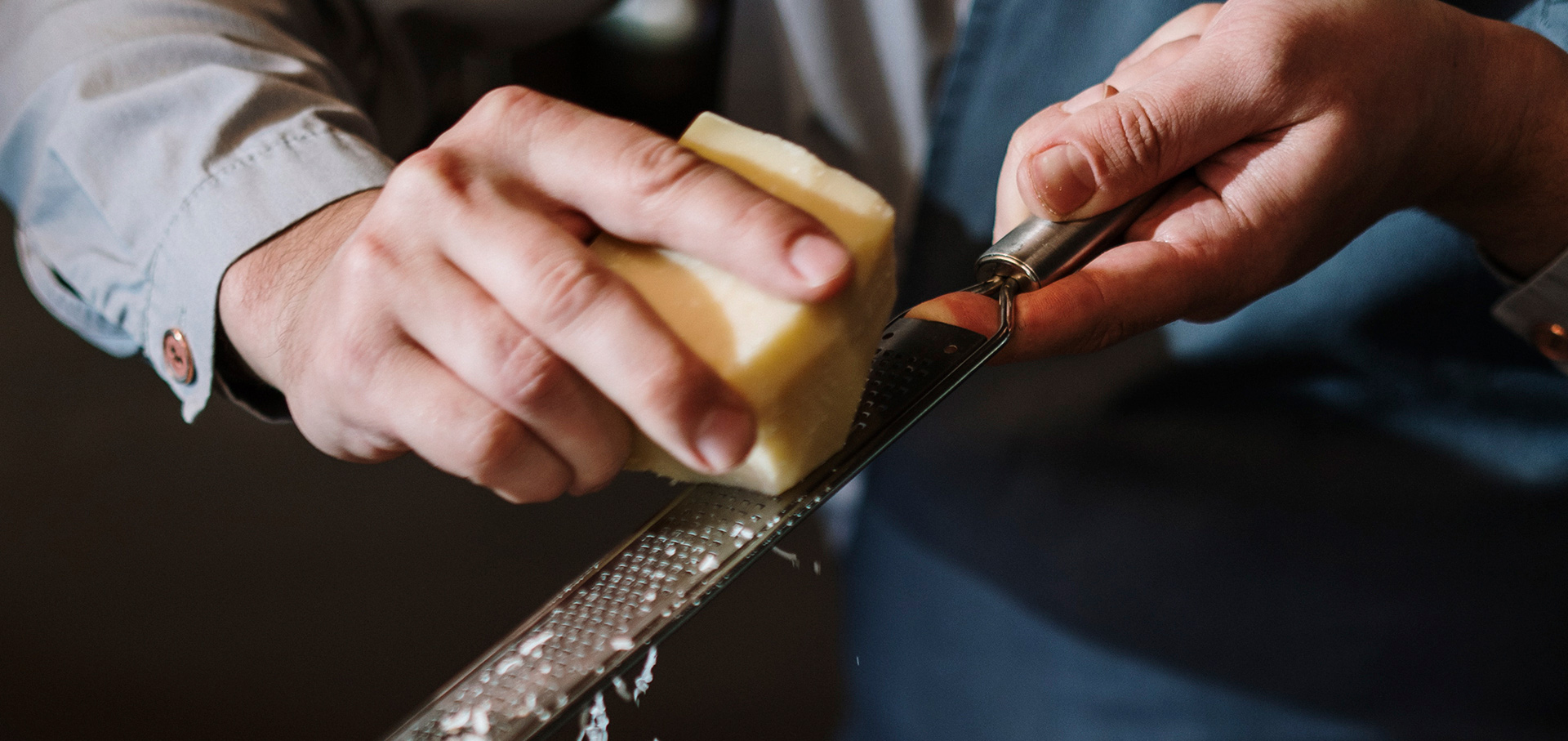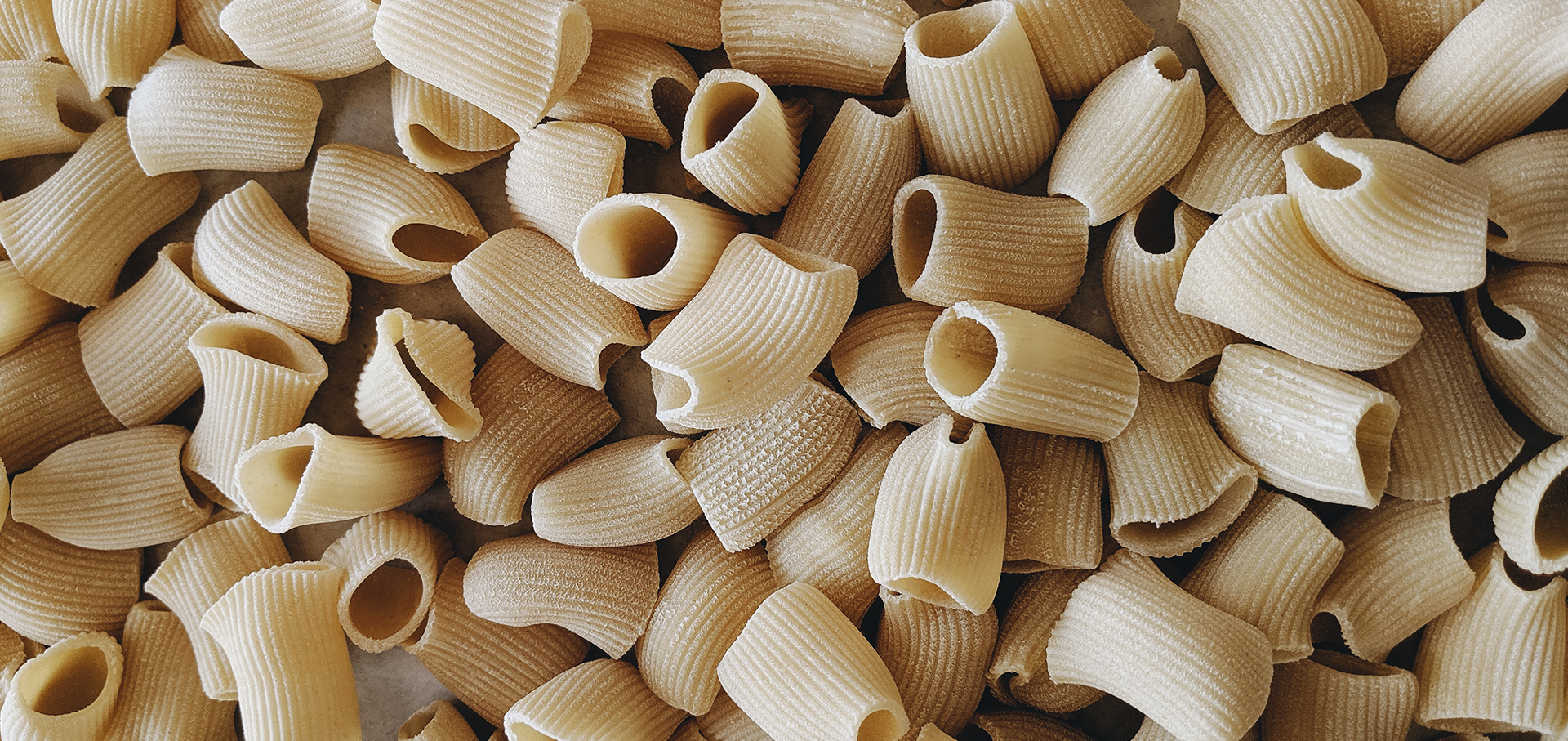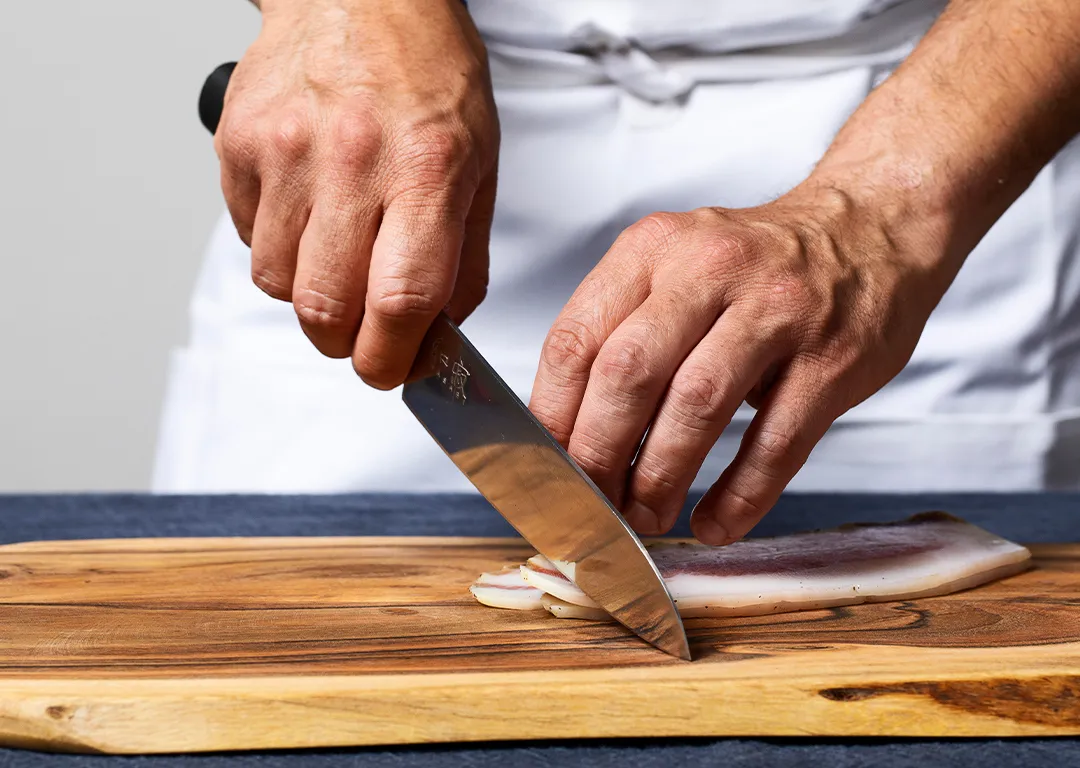Rome is the birthplace of good food, especially when it comes to pasta: from carbonara to amatriciana and cacio e pepe, traditional Roman dishes are famous all over the world. There is one recipe, however, which appears to be less appreciated and is often unfairly ignored. Some people describe it simply as a “white amatriciana” or a “carbonara without eggs”, but pasta alla gricia is actually the best loved (and oldest) of all Roman dishes.

The history of pasta alla gricia
Pasta alla gricia is the ancestor of amatriciana, as it was invented long before the arrival of tomatoes in the 19th century following the discovery of the Americas. It is a traditional peasant dish whose origins lie in the custom of Lazio shepherds to always carry with them a few humble yet substantial ingredients, such as dried pasta, pepper, guanciale (cured pork jowl) and pecorino cheese, for sustenance after their tiring days in the pastures.
The origin of the name is a mystery. Some claim that it derives from Grisciano, the village which contends for parenthood of the recipe with the town of Amatrice (historically, the name of the dish is actually “griscia”); or that it comes from the Latin griscium, “bag”, referring to the aprons worn by bakers at the time, typically dark in colour to protect the clothes from flour. Others insist that it derives from the Roman dialect noun “gricio”, which characterised the bakers’ trade in mediaeval Rome (apparently, in the past, bakeries always had a stove available for cooking this popular dish).
Whatever its etymology, there is only one recipe for Gricia with a capital “g”, based on three classic ingredients which make up the core of typical Roman cuisine: guanciale, pepper and pecorino.

Pasta alla gricia: the original Roman recipe
The recipe for a creamy and properly-made pasta alla gricia depends on choosing the highest quality ingredients, and on the final creaming process. Whatever your culinary skills, you can’t go wrong if you follow our advice!
Tip number one: choose your pasta shape carefully. It may sound silly, but the type of pasta can make all the difference to the success or failure of a dish. Tonnarelli alla gricia or spaghetti alla gricia are among the most popular versions, but we advise you to try this recipe with short pasta shapes too, such as rigatoni or mezze maniche; you won’t regret it.
Tip number two: don’t use oil. Although it’s true that extra virgin olive oil is one of the key ingredients of our Mediterranean diet, for fool-proof pasta alla gricia, it should absolutely not be used. As it fries, the guanciale will release its fat which, when melted, will serve as a delicious seasoning. Don’t forget: for perfect pasta alla gricia, make sure your guanciale is well-browned and crispy.
Tip number three: add the pecorino at the end of cooking for a super-creamy pasta alla gricia. Creaming is the key to give to your pasta alla gricia an extra touch. With the pan off the heat, add the pecorino romano (strictly PDO) along with a tablespoon of the pasta cooking water, and stir gently to create the delicious creaminess which is admired by all. Finally, garnish with good ground black pepper.
Don’t forget to visit us to try this and many other typical Roman specialities. Ristorante Amedeo is open every day from noon to 11 pm.
